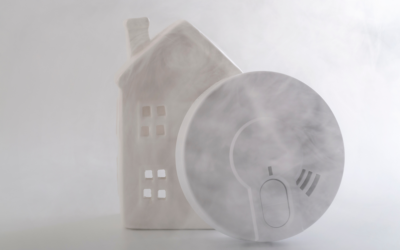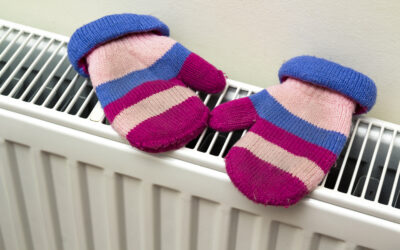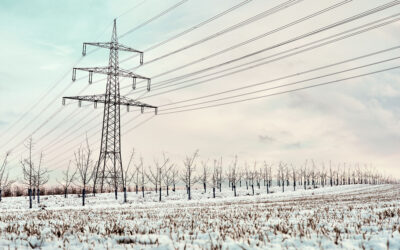As the colder months approach and we turn up the heat to keep our homes warm, the risk of carbon monoxide (CO) poisoning, a silent yet deadly threat, increases. This colorless, odorless gas can be fatal if inhaled in large quantities, making it imperative to ensure our HVAC systems are properly maintained. Moreover, equipping our homes with carbon monoxide detectors offers an additional layer of protection. This blog highlights the importance of these safety measures in preventing dangerous CO levels during the heating season.
Understanding Carbon Monoxide
Carbon monoxide is a byproduct of incomplete combustion, emitted when fuel sources such as gas, oil, coal, or wood do not burn fully. Common household appliances, including furnaces, boilers, and water heaters, can become sources of CO if not properly maintained. Exposure to CO can lead to symptoms like headaches, dizziness, nausea, and in severe cases, death. Annually, countless individuals fall victim to CO poisoning, underlining the need for vigilance and preventive measures.
Role of HVAC Systems in CO Safety
HVAC systems play a crucial role in maintaining indoor air quality and preventing CO accumulation. Proper ventilation is key; it ensures that CO produced by fuel-burning appliances is safely expelled outside. Regular inspection of HVAC components, particularly those parts of the system involved in combustion and exhaust, is essential to detect potential leaks or malfunctions that could lead to CO buildup.
Carbon Monoxide Detectors: Your First Line of Defense
Installing CO detectors in your home can be a lifesaver. These devices alert you to the presence of carbon monoxide, allowing you to take immediate action. It’s crucial to follow the manufacturer’s guidelines for placement, typically near sleeping areas and on every level of the home, and to test these detectors regularly. Knowing how to respond if a detector alerts you to the presence of CO is equally important, including evacuating the premises and calling emergency services.
HVAC Maintenance Tips to Prevent CO Poisoning
Preventing CO poisoning starts with regular HVAC system maintenance. This includes annual inspections by a professional to check for leaks or damage, cleaning of vents and flues to ensure unobstructed exhaust pathways, and monitoring for signs of wear and tear. Homeowners can also perform simple maintenance tasks, such as replacing filters and ensuring vents are not blocked by furniture or debris. However, recognizing when to call in a professional is critical, especially when dealing with gas appliances or suspecting CO leakage.
Additional Safety Measures
Besides HVAC care, there are other ways to minimize the risk of CO poisoning. Ensure adequate ventilation when using fuel-burning appliances and never use outdoor equipment, like generators or grills, inside the home. Consider the installation of air purifiers and ventilation systems to further improve indoor air quality.
Conclusion
The threat of carbon monoxide poisoning is a serious concern, especially during the heating season. However, by installing CO detectors and adhering to a routine of diligent HVAC maintenance, you can protect yourself and your loved ones from this silent killer. Let’s take proactive steps towards ensuring our homes are safe and warm throughout the winter months.
Ensure your home is safeguarded against the invisible threat of carbon monoxide by taking proactive steps with Absolute Heat & Air. Schedule your professional HVAC inspection with us today and rest easy knowing your system is in peak condition. Our experienced team at Absolute Heat & Air is at your service, offering meticulous maintenance, informed advice, and expert installations to keep your home safe and sound. Browse our website or get in touch with us to find out more about our services and how we can help protect your household from the dangers of CO poisoning.




